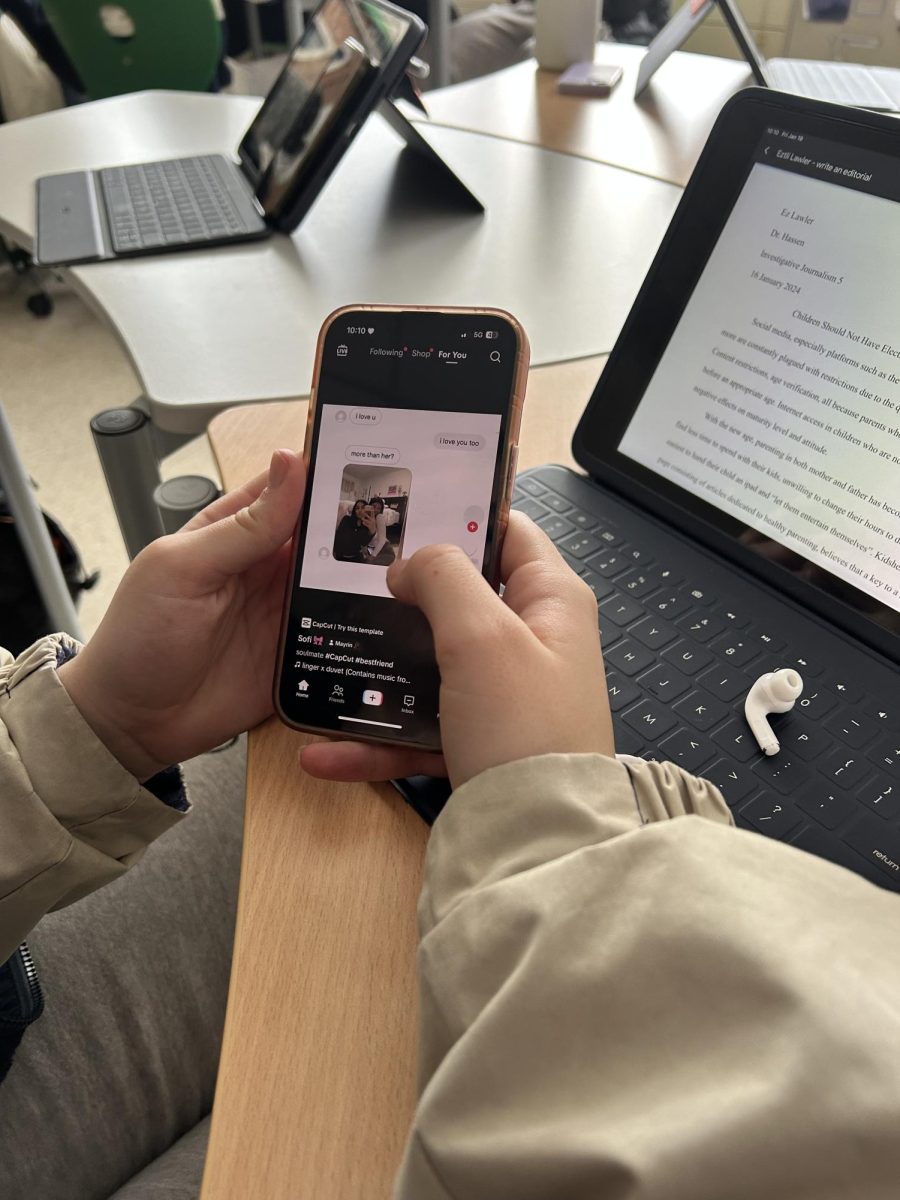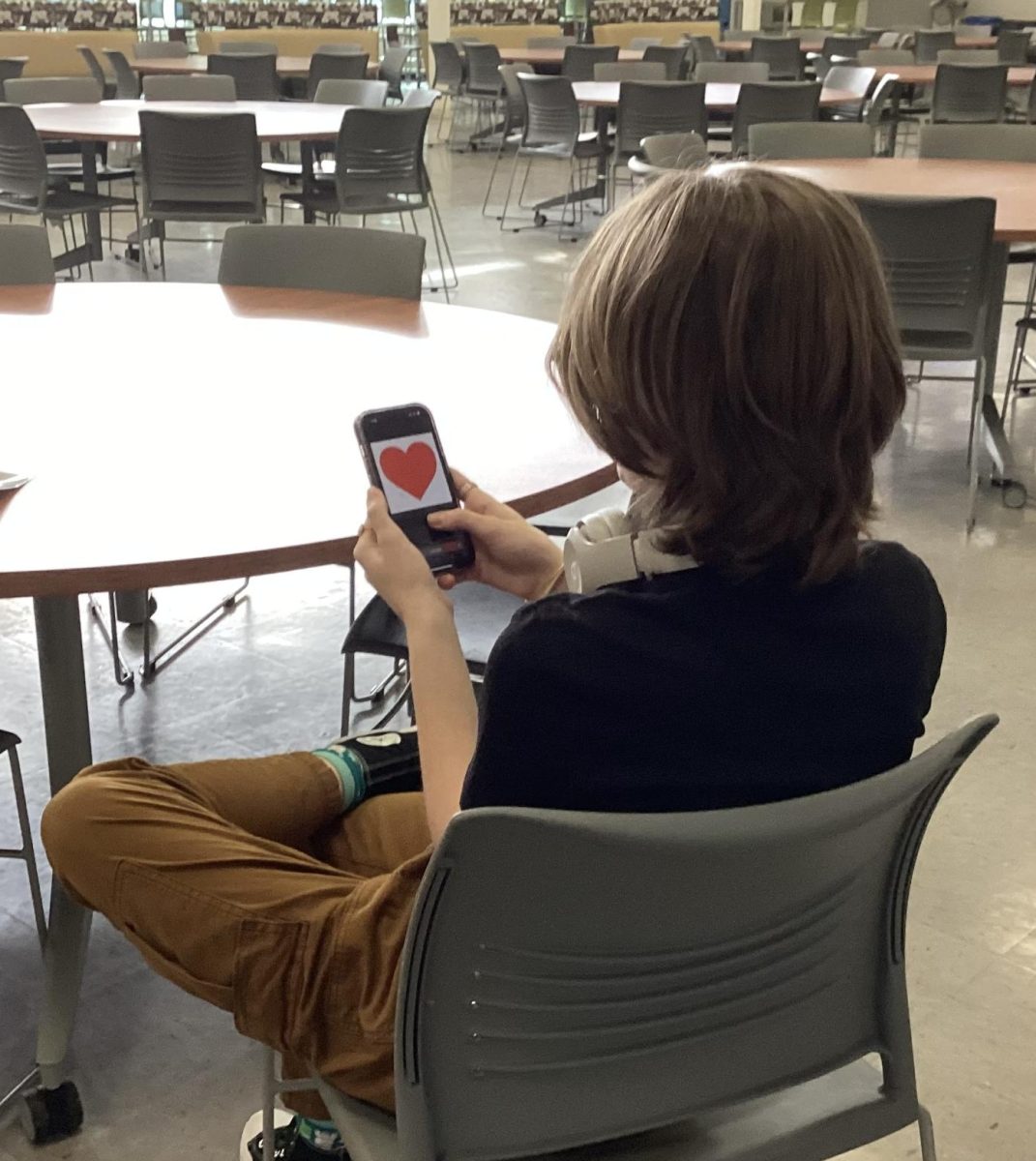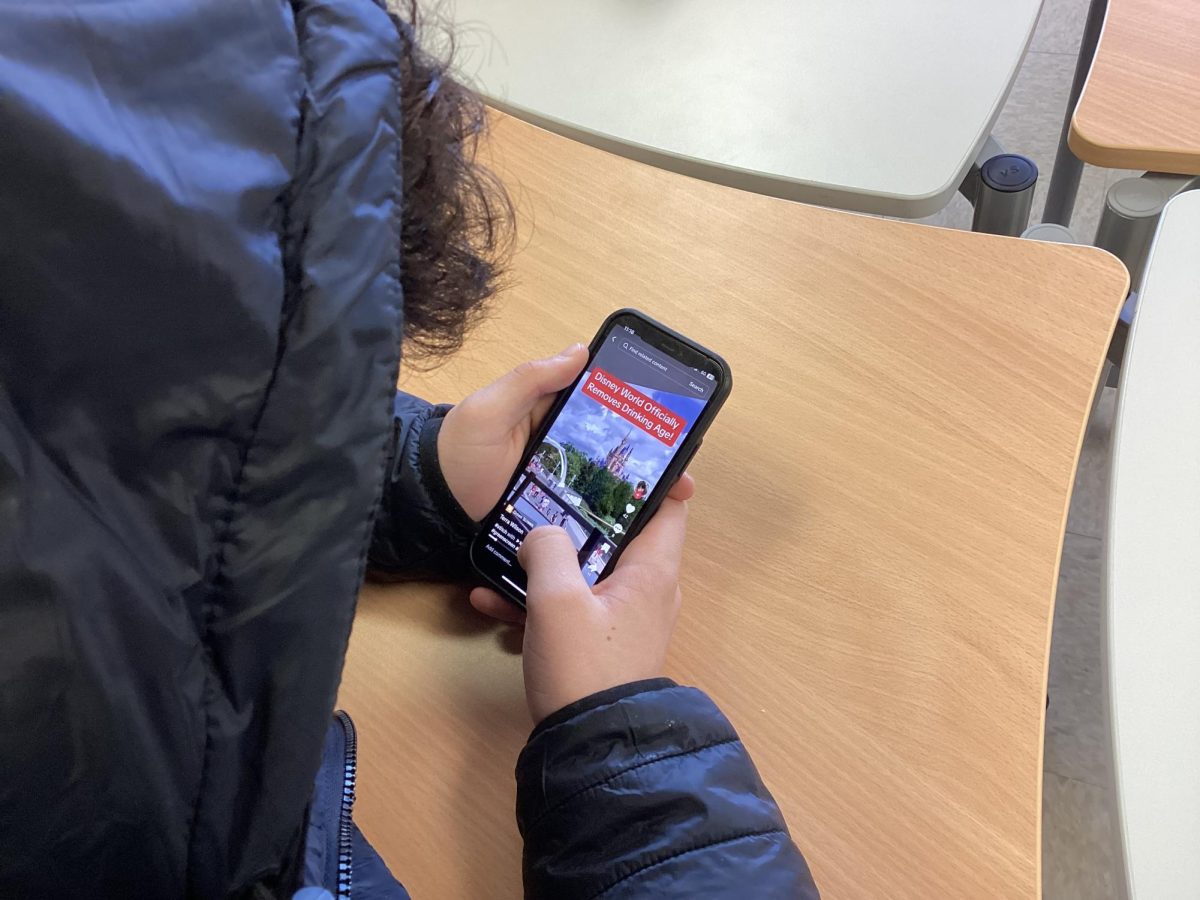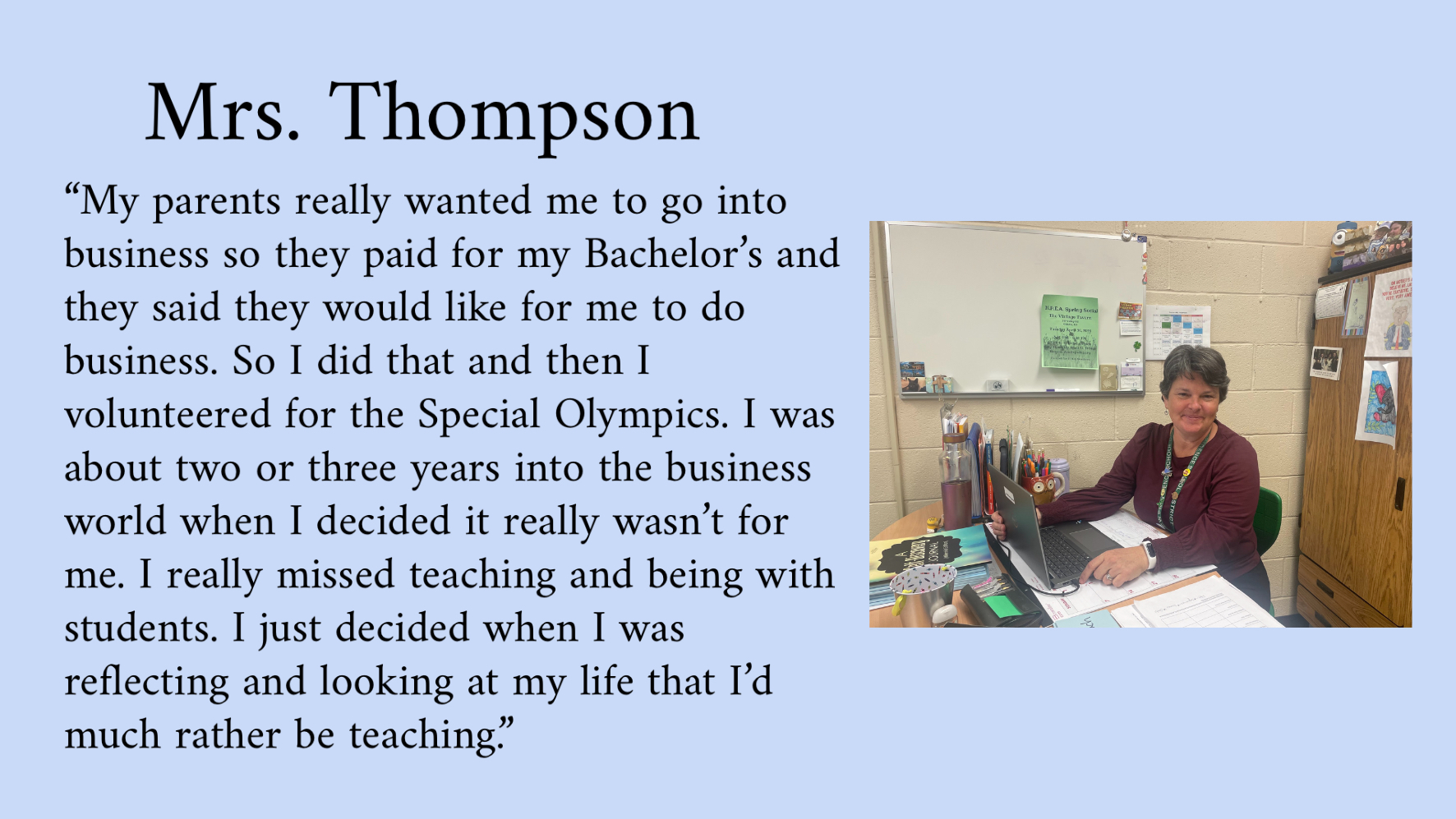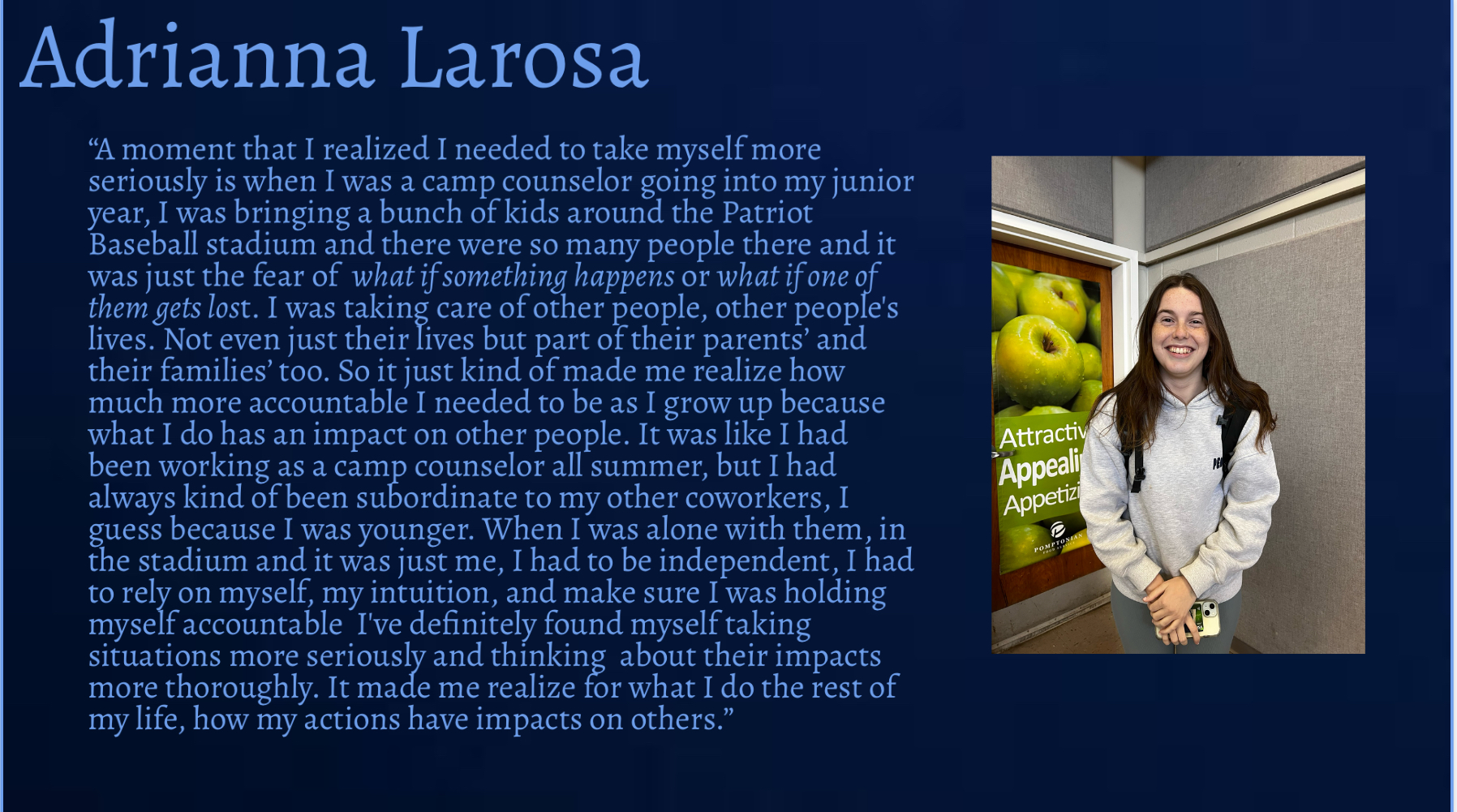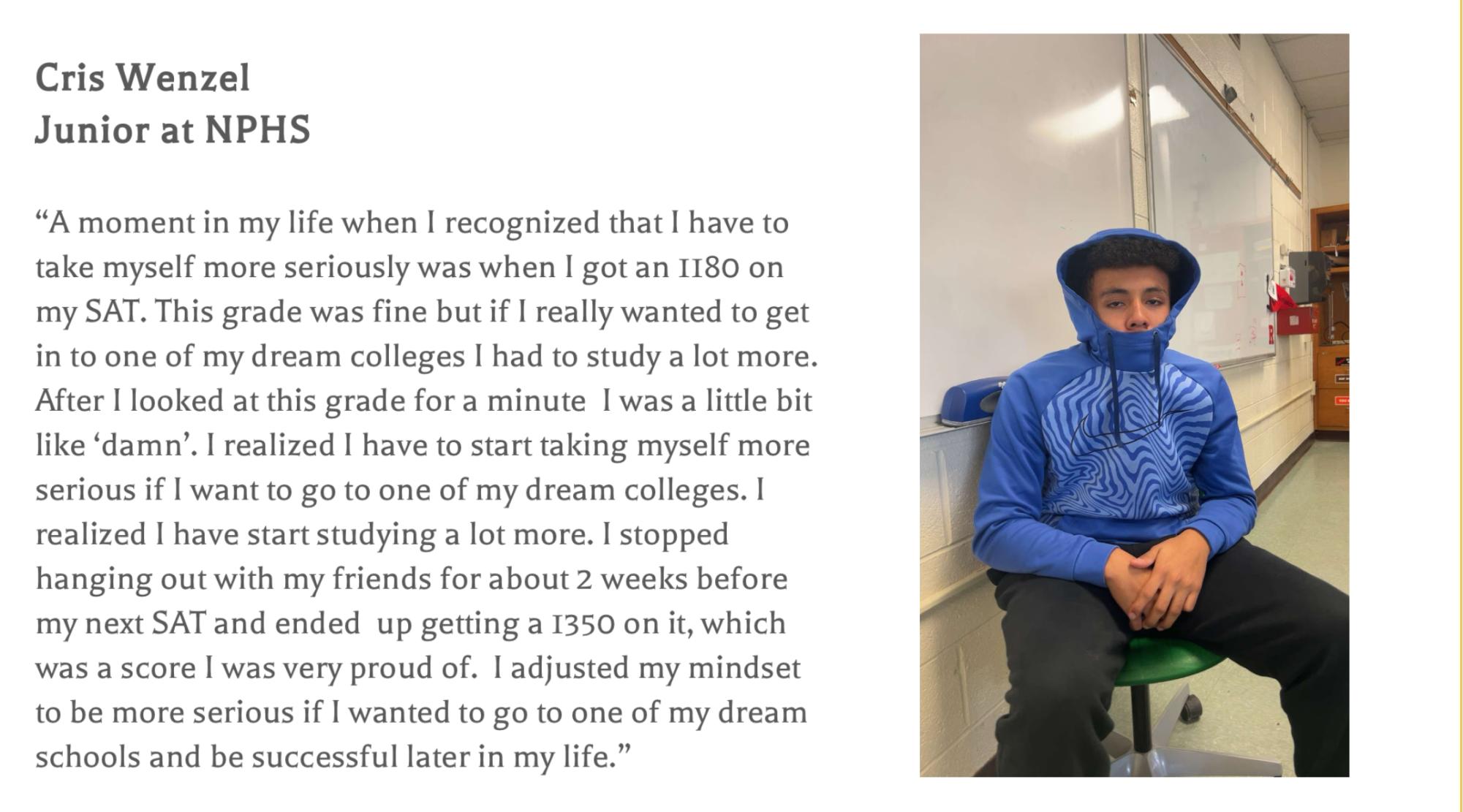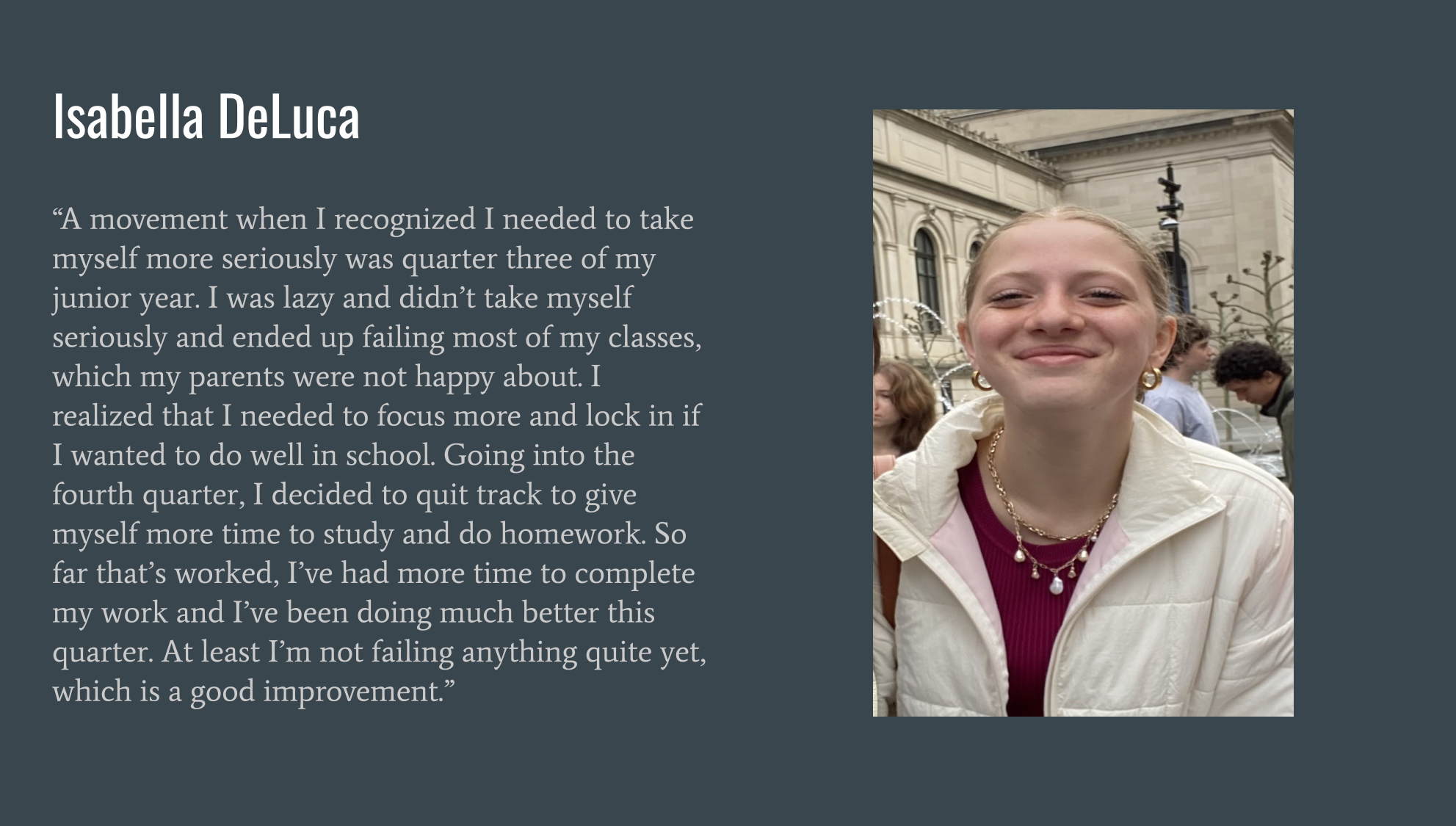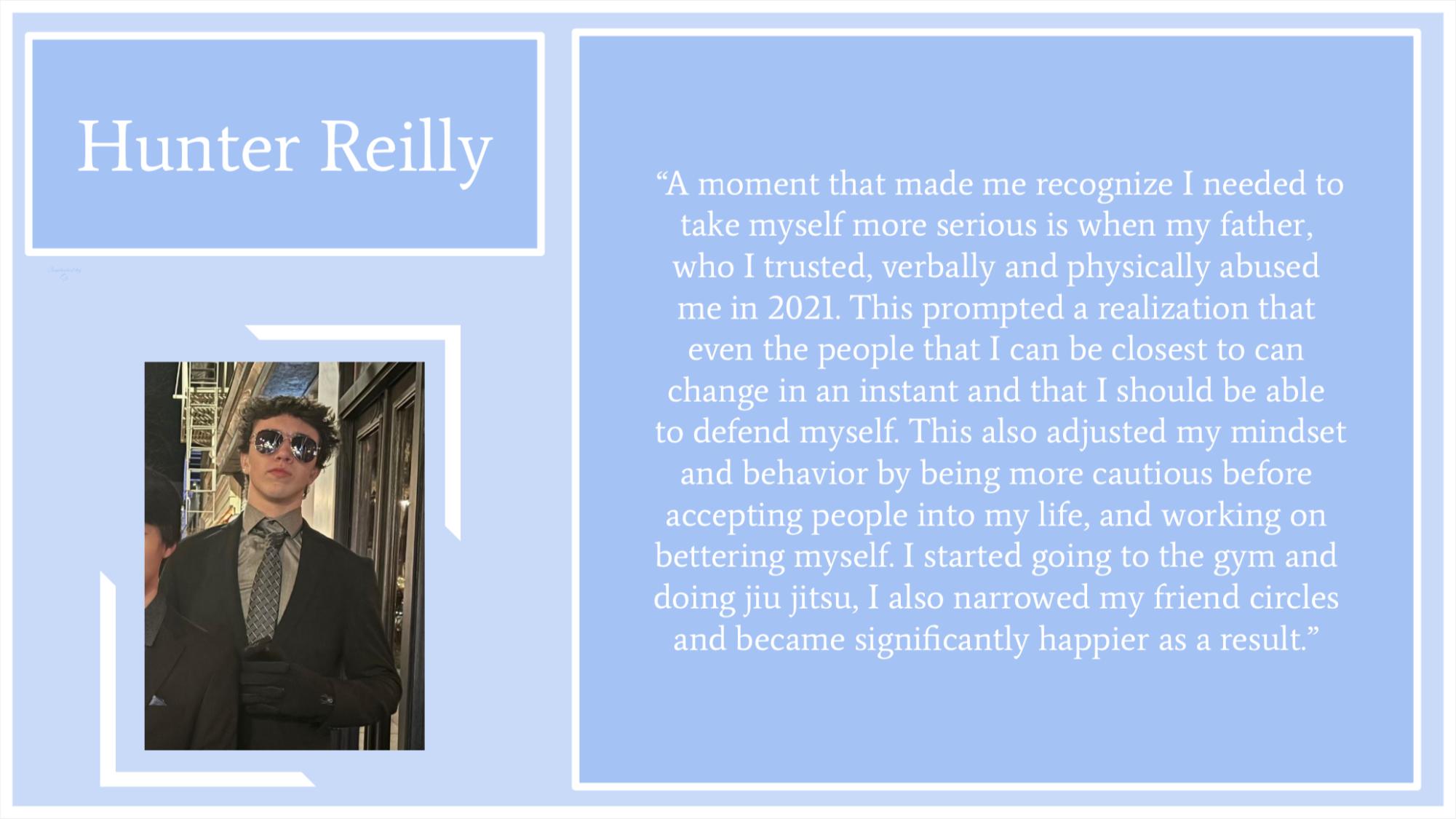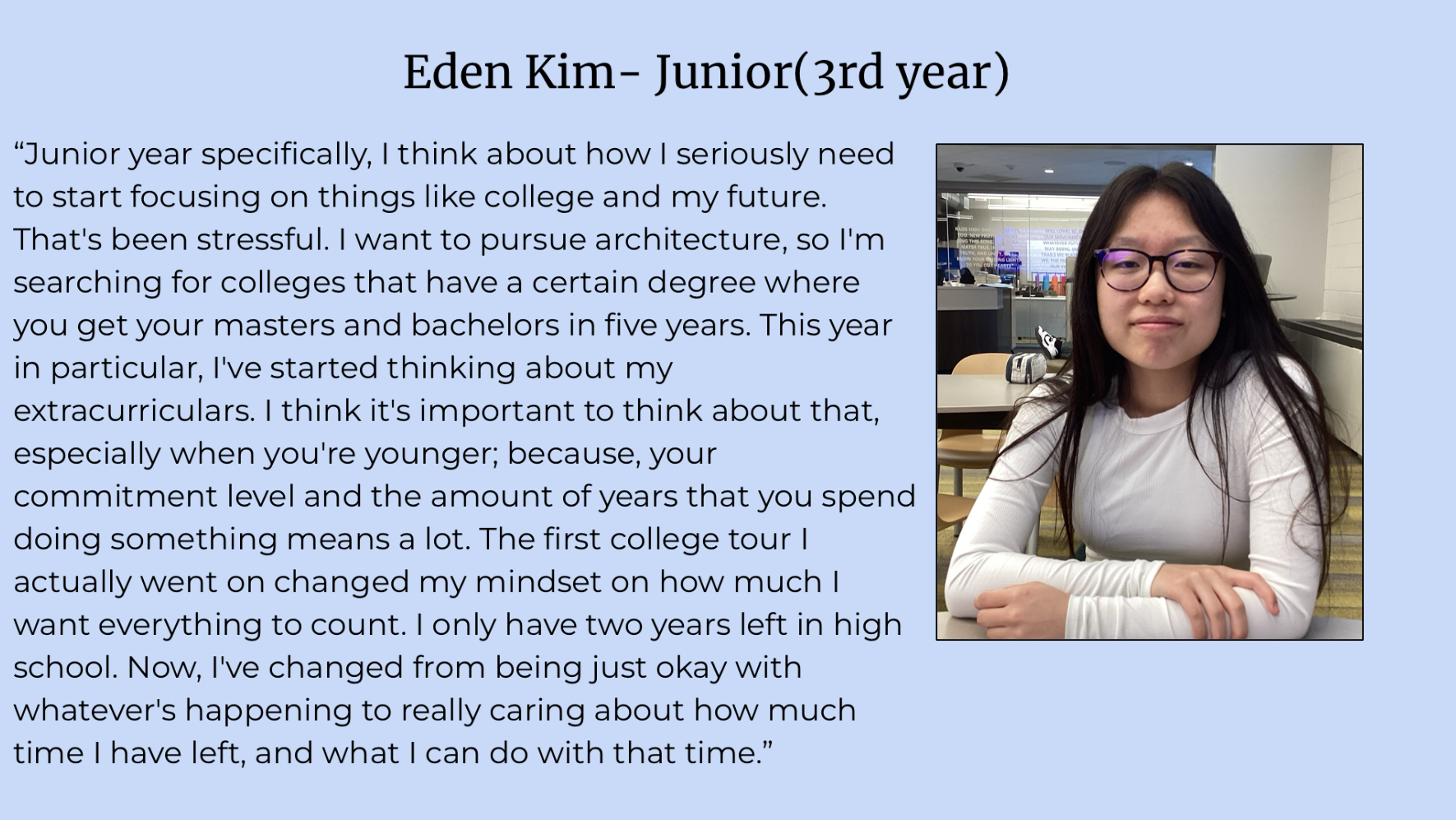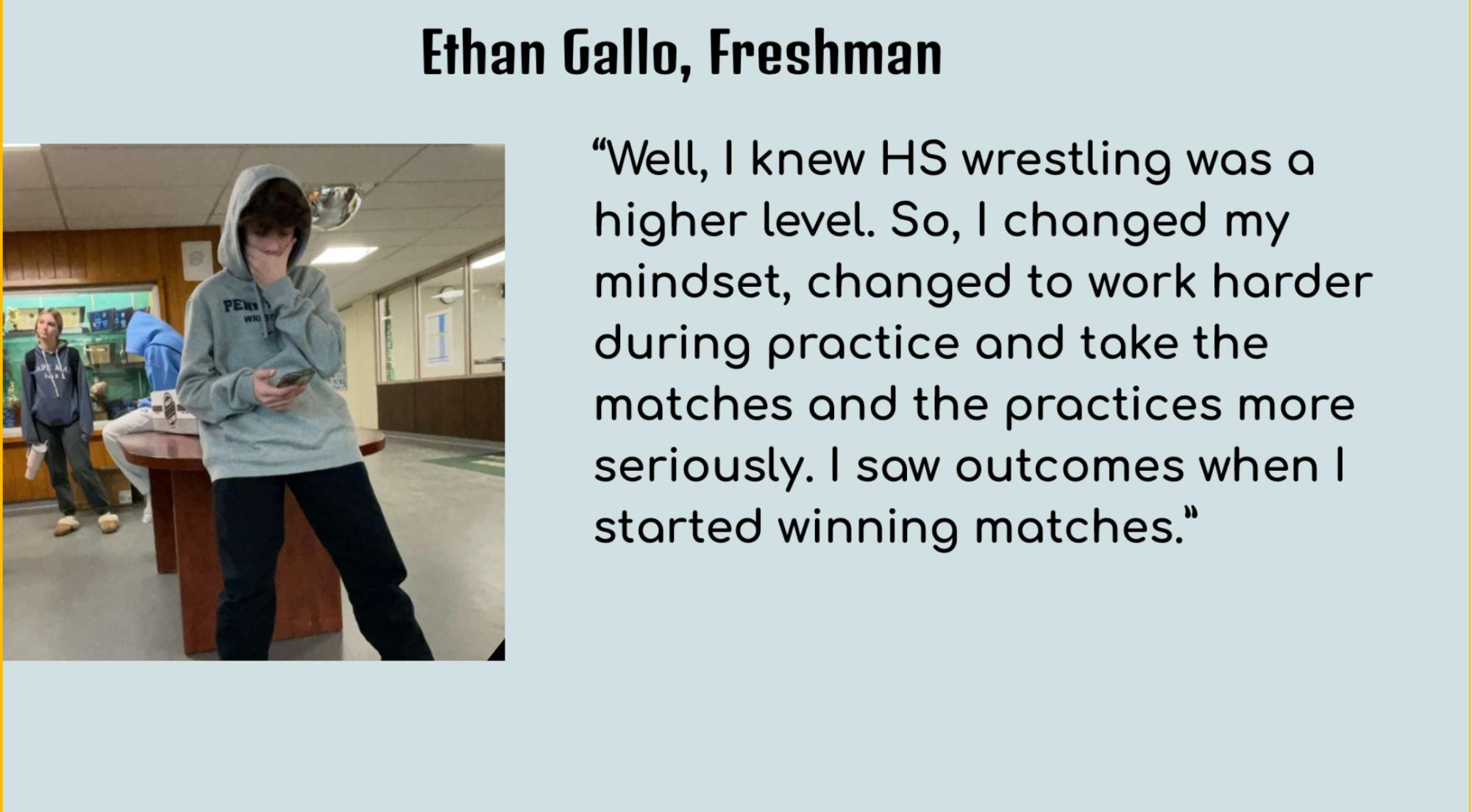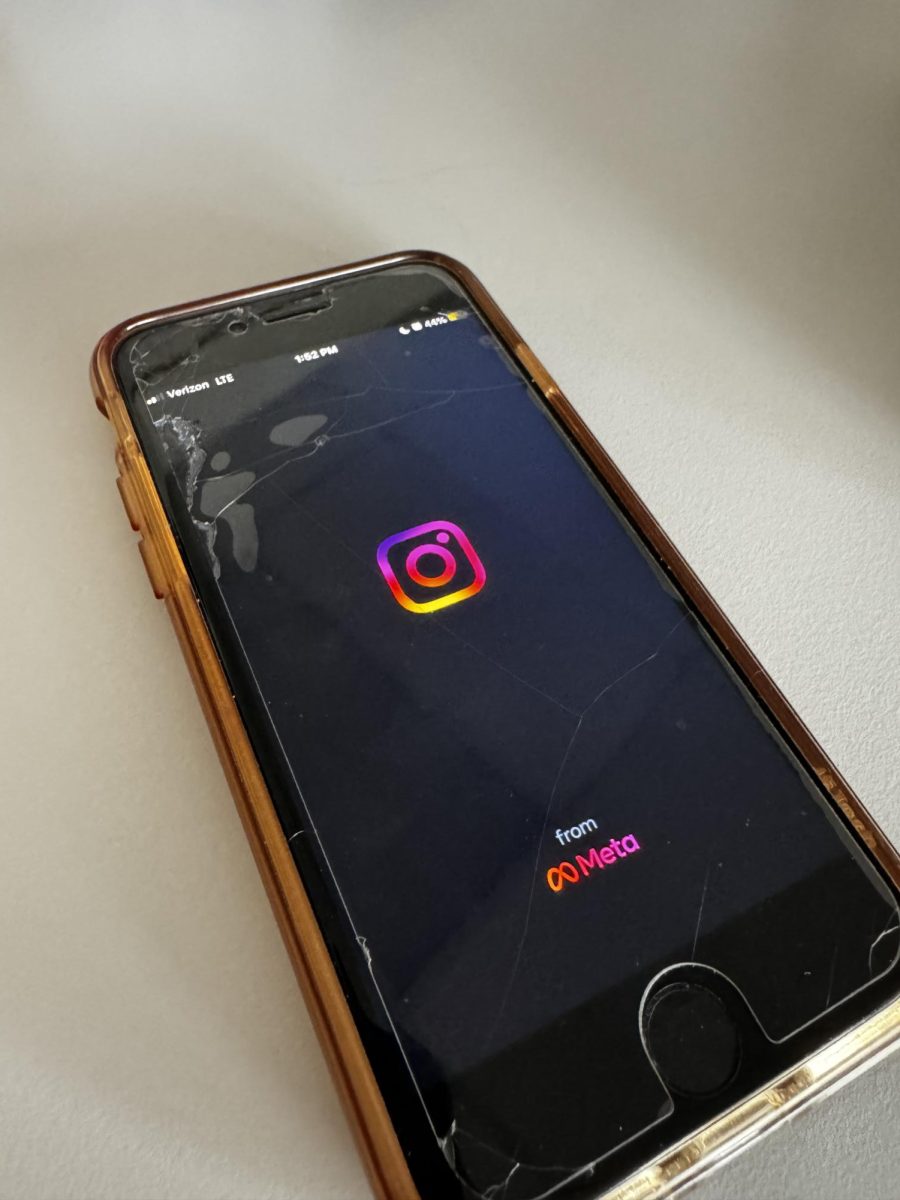Open any social media app, and you might stumble across a “workout routine for skinny waist” or a “what i eat in a day as a model”. While those videos seem innocent, they are just the tip of the iceberg. #thinspo, #pro-ana, and #weightloss are some examples of the dark side of social media. Social media is the culprit for thousands of teens developing eating disorders. Illnesses such as anorexia, bulimia and binge eating disorder have the highest mortality rate out of any mental illness, according to eatingdisorderhope. So, how exactly is social media leading to eating disorders?
Eating disorders have been glamorized on social media for a long time. The earliest content can be found around 2012 on apps such as Tumblr when hashtags such as #thinspo were spread. “Thinspo” is usually pictures of thin women, which many would use as “motivation” for their disordered habits.
While Tumblr is no longer as popular, there are new platforms to spread toxic information. TikTok is the newest trending platform where millions of young impressionable children are getting urged to starve themselves. In fact, according to nylon.com, in less than a decade the rate of eating disorders has risen by 119%.
While TikTok seems innocent enough, since most trending videos are usually dances or lip syncing, once a user has spent enough time, the dark side of TikTok reveals itself. “What I eat in a day” videos have become more and more popular. Most are harmless, simply showing inspiration for healthy and fun meals. However, lots of these videos contain individuals eating barely any food and practicing extreme restriction in their diets. To a teen, this can make them feel guilty for eating a regular amount, or give them ideas to begin restricting their own consumption of food. Young individuals, especially teens, need to be eating 2,000-2,500 calories a day in order to properly grow and develop. A study done by Stanford University shows that teenage brains aren’t fully developed and are very impressionable until they are 25 years old. These triggering videos are setting teens up, causing so many not to eat enough to grow and setting them with disordered eating habits for possibly the rest of their lives.
Videos like this are blatantly promoting eating disorders, and are often taken down by TikTok. However, there is one type of video that flies under the radar: fitness and wellness videos. Content creators may not set out to post triggering videos, but some use the “wellness” theme as a cover for a much deeper meaning.
Psychotherapist Susi Lodola says she gets many teenagers in her office with a new kind of eating disorder: orthorexia. Orthorexia is the obsession with eating healthy constantly. This eating disorder is normally overlooked, since most people assume that the person suffering is just trying to be healthier. However, orthorexia is far from “healthy.” People suffering have the constant fear of any food that could possibly be seen as “unhealthy,” resulting in significant unhealthy weight loss. It is important to remember all foods are healthy if consumed in moderation.
So, what can be done? For starters, it is important that parents make sure their children are the proper age before downloading any social media apps. Parents must realize that age restrictions on apps are there for a good reason. Parents shouldn’t be the only ones to blame. These social media platforms need to start taking down this harmful content for the safety of today’s generation.
